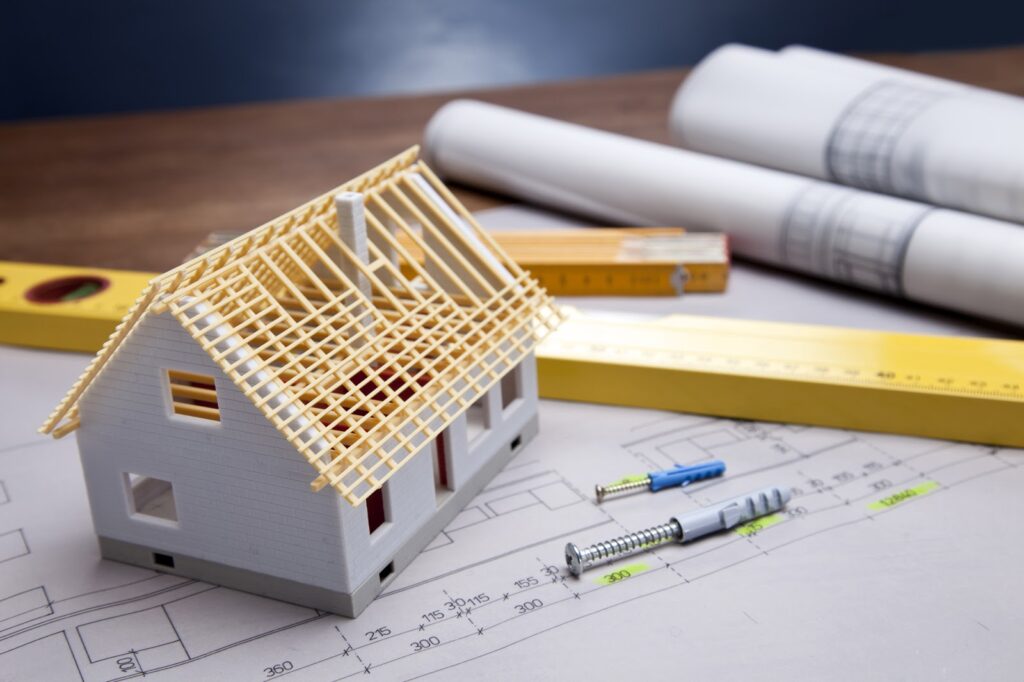Emerging Technologies in Construction, Design, And Architecture To Watch Out For In 2020

As an industry that prides itself on its advancements in construction, building design, and architecture, it may be surprising that the world of technological design isn’t exactly open to innovation. In fact, emerging technologies in construction, design, and architecture have often resisted modernization and new approaches in favor of old, faithful methods.
But here’s the thing about innovation and advancement, no one can stop it from evolving age-old processes and completely transforming the way things are done.
So, despite the detractors, modern technological advances have brought on a variety of new design tools that have made great additions to the visionary’s toolbox, changing the way structures and ideas are conceptualized, formulated, and constructed.
New Construction Technology Achievements That Are Heralding Growth And Opportunities
Virtual reality, drones, 3D printing, big data, artificial intelligence, and specialized software are all examples of the many advancements that have been made in modern construction technology.
These innovations are enhancing the experience, augmenting profit margins, and above all, making construction sites safer than ever before. Perhaps this is why 60% of construction companies have R&D departments to explore these new technologies.
Here are some of the most important technologies to hit the building design and construction industries:
- Exoskeletons
Now the laborers in the construction industry can suit up to enhance their safety and efficiency.
Exoskeletons are metal suits with motors to provide muscle power. The wearer can seamlessly lift heavy objects with ease, reducing the chances of on-site injuries, and upsurges productivity.
The market for this construction technology is predicted to reach $1.8 billion by 2025, as per a study published by ABI Research.
- Robotics
2020 will see an increased dependency on robotics in the construction, architecture, and design industry.
Now, robots perform many duties such as laying roads and bricks, demolition activities, cleaning jobs, etc.
The bottom line is that this technology is putting fewer humans at risk. They are a lot more expendable and cost less than manual labor, and above all, robots leave no for human-error.
According to a report published by the World Economic Forum, this year, the use of the robots in the construction industry will be at an all-time high.
- Building Information Modeling
This innovation is helping the everyday tech architect create 3D models, instead of the conventional 2D models they have depended on for decades.
BIM allows people to develop efficient plans, bring them to life, and manage the infrastructure during the construction phase more efficiently. The resulting models are incredibly detailed and have become standard in the industry.
- AR And VR Architecture Software
Virtual Reality and Augmented Reality have been helping professionals in a variety of industries such as health care, automobile, etc.
And now, the construction industry is also harnessing the powers of AR and VR architecture software for efficient results.
From pinpointing errors to providing a virtual walk-through of a site and improving BIM visualizations, VR, AR, MR, and other wearable technologies have a lot to offer.
- 3D Printing
You will be amazed to know that now you can print a livable house in less than 24 hours. Up until a few years ago, building a basic cabin would be several month’s hard work, but now all you need is a 3D printer and a day to get the job done right.
And 2020 will see more 3D printing in action, to get more done in less time – while also saving labor costs, material costs, and a lot more.
Takeaways
There have been many revolutionary changes in the way the architecture and construction industries operate. As more and more advancements in technology offer better, smarter, and faster ways to get things done, it’s time for professionals to open up to what they can achieve.
All in all, we have a lot to look forward to in 2020 and beyond.
